Drum Mufflers
Contents
Drum mufflers are an easy way to control unwanted overtones and ringing from your drum shells. While there are many products out there for muffling drums, some are better than others and some work best under certain conditions.
I’ll cover a few methods of muffling your drums and then you’ll have a better idea of what you need to do for your own drum set.
Muffling Methods
There are two basic methods for muffling your drums–internal and external. I’ll cover each one in detail and then break down why I think external methods are far superior to the internal mufflers.
Before you consider muffling your drums, I think you should check out the lesson on How To Tune Drums to be sure that you even require muffling.
Internal Mufflers
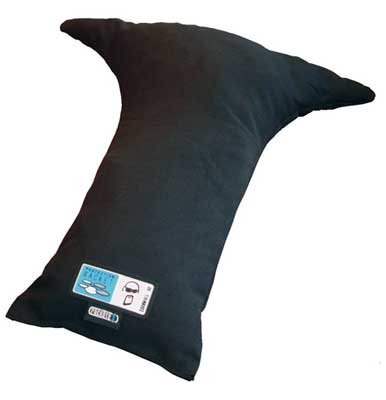

Anything that you put inside your drum is going to pretty much kill the sound. The only exception being the bass drum. A pillow inside the shell will not deaden the tone that much.
However, on toms and snares, internal methods are horrible. I’ve used the Muff’L rings that fit underneath the drum heads and I can not stand them. They make the head so unresponsive and they kill the resonance too much.
Having said that, I will say that I still use the internal drum mufflers whenever I record. While it kills the sound in a live setting, they work great for recording–it lets me control the sound through my software and it eliminates bleed-through.
But as for playing out live, they are the worst. A drum is supposed to ring to a certain extent. But an internal muffler kills the sound too much. You can hear it for yourself in the short video I made below.
External Methods
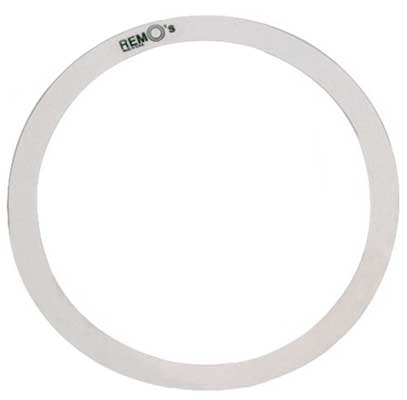
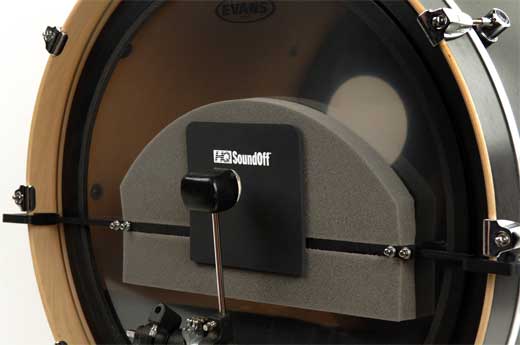

These options are far superior. With the internal rings, you aren’t allowed the opportunity to tune your drums openly, which is how they need to be tuned. When you tune your drums, you need to do so without anything dampening the sound.
This way you can get the most resonant pitch from your drum. Muffling should always be done after your drums are tuned. Plus, with your muffler on the outside, it is easier to make adjustments if you find the sound is too dead or not killed enough.
Types of Drum Mufflers
Now that you know the difference between internal and external muffling, I’ll cover each option in a bit more detail.
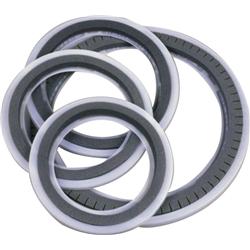
These rings, known as Remo’s Muff’L rings, fit underneath the drum head. A piece of plastic lays on the bearing edge and holds a piece of foam which eliminates a lot of ringing.
Personally, I think these muffle too much. I’ve used the rings on my toms for years and they work good for recording, but it leaves the drum head dead. There is practically no resonance and the sensitivity is lacking.
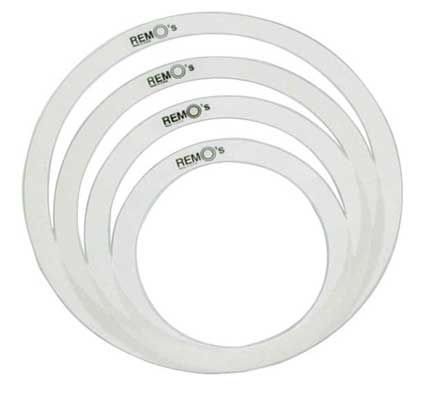
Remo’s external drum mufflers are a much better choice. They just lay on top of the drum head. You can buy a set for your snare and toms, although I’ve only used them on the snare drum before.
As far as snare drum muffling goes, they work pretty well. When you hit the batter head, the ring bounces (just slightly) and when it falls back down it kills any ringing. Plus, they’re pretty cheap.
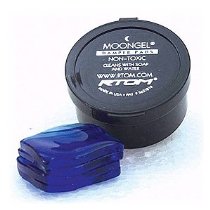
Moon Gels sit on the top of your drum head. While I’ve never used them, I have played on a couple of sets that had them on the toms. I can’t say that I really noticed it killing the sound, but they did seem to fall off quite a bit.
Most likely they were just old gels that needed to be replaced. I know drummers that absolutely love using this method of muffling.

This is an internal snare muffler. They used to come standard on snares, but more and more companies are moving (or have already moved) away from internal muffles. Like I said earlier, they’re horrible.
But, some drummers still prefer the internal snare drum mufflers and companies still make them for vintage drum collectors. There is an interesting thread on the demise of internal drum muffling here.
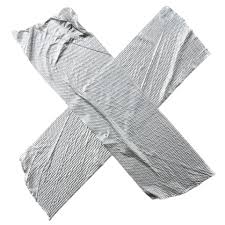
Every kid to ever own a drum set has put duct tape on his or her heads. Don’t! Yeah, it’s cheap, it’s somewhat effective, but don’t.
You will ruin your drumheads. Your sticks will break through the tape and get residue all over them. Now you’ve ruined your drumsticks.
You could have bought an entire set of external tone control rings for under 15 dollars, but you wanted to save money. Now you need to buy four new drum heads and a new set of sticks. Stop Using Duct-Tape!
I’ll be honest here. I was once a kid. A dumb, duct-tape-using kid that ruined many drum heads and sticks. I’m sorry. Learn from my mistake!!!
Muffling Video
I put together a short video of different mufflers in action. The recording isn’t the best–I’m in a basement with concrete walls (give me a break)–but you can still hear the differences between the mufflers.
This video lets you hear how the muffles work on a tom drum. It will also show you how to make your own drum mufflers with an old piece of cloth. Again, I don’t recommend internal muffling, but I know that sometimes saving money wins out.
I’ve also seen people roll up a piece of tissue between masking tape and then tape it on the head towards the edge of the shell. You know how I feel about tape, but if it works for you, then have at it.
Now that you have a better idea of muffling options you can make a better decision about which type of system to use. You can browse drum mufflers here.




New! Comments
Leave your comments below.